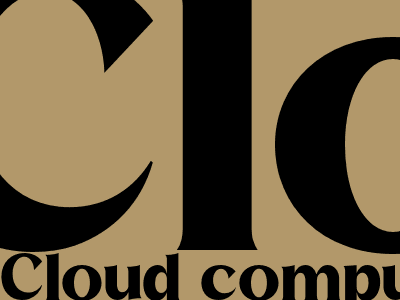
Cloud Computing: Transforming the Computer Landscape with Thin Clients
Introduction
The advent of cloud computing has revolutionized the way we access and use computing resources. This paradigm shift has introduced the concept of thin clients, which offer a cost-effective and flexible alternative to traditional desktop PCs. In this comprehensive guide, we will delve into the intricacies of cloud computing and its impact on the computing landscape, with a particular focus on the role of thin clients.
Cloud Computing: A Paradigm Shift
Cloud computing is a model of computing where resources like storage, processing power, and software are provided over the internet rather than being physically present on a local computer. This model offers numerous benefits, including scalability, cost efficiency, and increased accessibility. With cloud computing, businesses and individuals can access computing resources on demand, without the need for hefty upfront investments in hardware and infrastructure.
Thin Clients: A Cost-Effective Solution
Thin clients are lightweight, low-power devices that connect to a remote server to access applications and data. They do not require a local operating system or storage, relying instead on the server to provide all necessary resources. This design makes thin clients significantly more affordable than traditional PCs, while also offering reduced maintenance and support costs.
Advantages of Thin Clients
- Low Cost: Thin clients are considerably cheaper than traditional PCs, making them a cost-effective solution for businesses and educational institutions looking to deploy large numbers of devices.
- Easy Management: Thin clients are centrally managed from a single location, reducing the administrative burden associated with managing multiple devices. Software updates, security patches, and other maintenance tasks can be applied remotely, ensuring all devices are kept up to date with minimal downtime.
- Enhanced Security: Thin clients have a smaller attack surface compared to traditional PCs, as they do not store data locally. This reduces the risk of data breaches and unauthorized access, enhancing the overall security posture of an organization.
Challenges of Thin Clients
Despite their advantages, thin clients also come with certain challenges:
- Network Dependency: Thin clients rely on a stable network connection to access applications and data. If the network connection is interrupted, users will lose access to their resources.
- Limited Functionality: Thin clients typically have limited processing capabilities and cannot run software that requires significant local resources. This may not be suitable for users who need to run specialized applications or perform complex tasks.
Conclusion
Cloud computing, coupled with the advent of thin clients, has transformed the computing landscape. Thin clients offer a cost-effective, flexible, and secure alternative to traditional desktop PCs, making them an ideal choice for businesses and educational institutions looking to optimize their computing environments. While they may have certain limitations, their advantages far outweigh their drawbacks, making them a valuable asset in the modern era of computing.